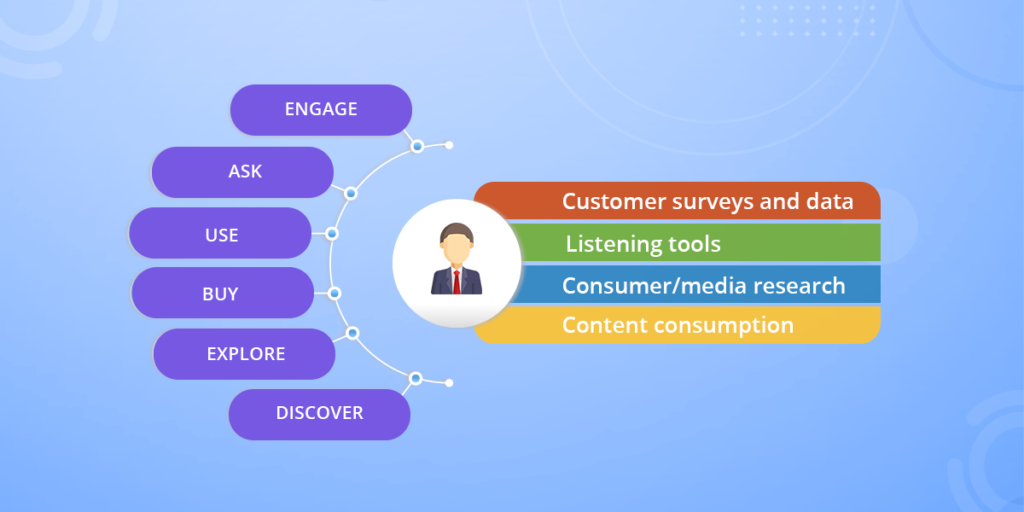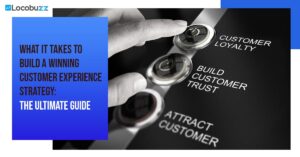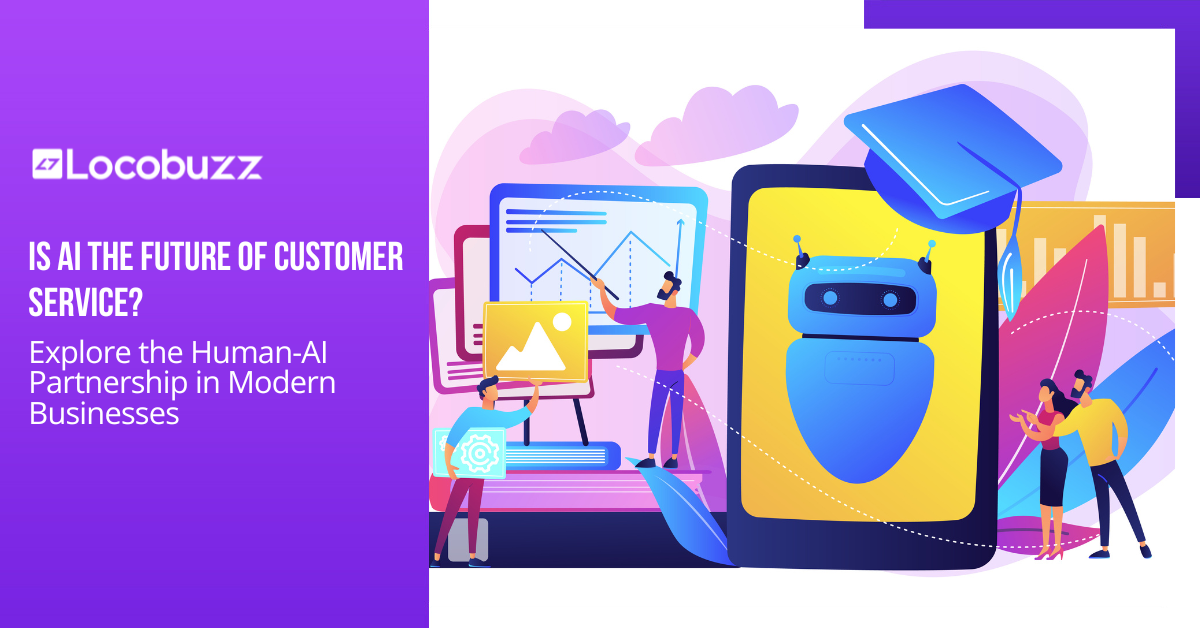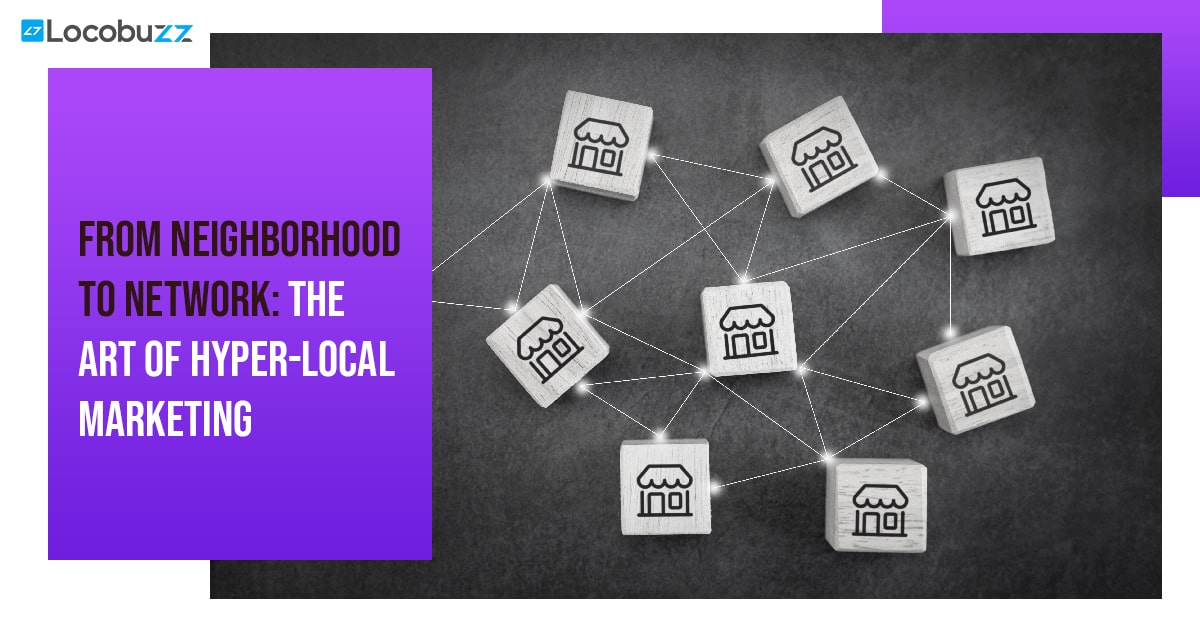How To Develop Customer -Centric Strategy

The main motive of every brand is to deliver products and services to the consumers effectively, as customers are the most integral part of their business. Without customers, there are no sales and driving revenues.
Companies fail in establishing customer satisfaction even though their main objective is to deliver a seamless customer experience because these companies mainly focus on sales rate, ROI, and growth rate of the revenue solely, instead of what the customer wants.
A customer-centric strategy refers to a business approach that is entirely based on procuring profits, competitive advantage, and building brand loyalty by developing a positive customer experience. Amazon is one the best examples of a customer-centric company.
You’ll find anything and everything on Amazon, from the shopping experience to easy customer assistance. Their objectives, philosophies, operations, inventions, programs, actions, projects, etc. everything is related to customer’s demands.
Table of Contents
Why is customer-centricity important?
A customer-centric strategy ensures high-quality products and services to its customers, which results in building trust and loyalty among the customers. It creates a solid reputation of the brand; improving the chances of reference and reducing the sign of discord between your customers and employees.
This is achieved when the customers are guided well throughout their journeys and the companies monitor their brand’s mentions to provide a better customer experience with the help of social listening tools provided by technology platforms such as Locobuzz, Brand24, Mention, etc. Here are some key benefits of the customer-centric approach :
- It creates genuine relationships with the customers by providing great before and after purchase service; driving more business, allegiance, and long-term profitability.
- It increases the existing lifetime value of the customers and promotes the new value; reducing churn.
- It acknowledges customer’s issues to get a clear understanding of their expectations in their shopping journey.
- It enhances the level of its services across multiple channels with the help of customer feedback, data analysis, and omnichannel solutions.
- Promotes employee happiness by integrating customer-centric culture throughout the organization by connecting the company culture to consumer outcomes.
- Provides a unified experience by acquiring a CRM database.
Strategy to develop customer-centric business.
Empower customer support

While establishing a customer-centric company, investing substantial time, training, and resources in your customer service team is the best way to maintain customer retention and generate more revenue.
This process includes hiring customer care agents that can resonate with customer-centric thinking and the significance of customer experience at your company. Don’t exploit their efforts and talent, pay them more, and treat them with respect as they are the proactive, entrusted, and revenue-generating professionals of the company.
Integrate technologies like chatbots on websites, Social media chatbots, social media analytics, listening software, omnichannel customer experience, customer experience tool, etc., to facilitate personalized support. These investments enable your support team to work on bigger issues for better customer outcomes and help them to lead proactive conversations with the customers.
Ensure your whole company’s support
All the teams and departments in the company should have a customer-centric mindset to keep customers’ needs first and personify an attitude that certainly benefits the customers.
If the team is incapable of understanding what customers want they’ll fail to improve and create products and services as per their needs. If your engineers understand what consumers expect from the product, they can step away from their usual code and innovate accordingly. It works as an opportunity for the marketing team as well.
If they’re aware of the consumer’s feedback, demands, complaints, etc., they become more informed to bring improvements. Even for HR, as they are the ones to hire customer-oriented professionals to add value in shaping the company culture.
So, while you take the interviews, ensure the candidates have a customer-centric and service-oriented mindset. For a customer-oriented work culture, your employees must have soft skills like empathy, patience, understanding, listening skills, etc. So, give them situations that confirm the presence of their soft skills, regardless of the department.
Solicit customer feedback.
Feedbacks give a better knowledge of what is lacking in your product and services. It is the most valuable aspect for improvement. Regular feedback from customers’ experience can lead to a clear perception of the customer’s expectations and their variations for your team members.
Establish a proper system to obtain customer feedback from data acquisition and analysis using omnichannel platforms and make long-term improvements. Feedbacks can be taken on social media pages, websites, email prompts, etc as well as by creating interactive and engaging surveys on social media.
Customer feedbacks are one of the best ways to bring innovation to your products and services, it adds an advantage for better ideas.
Use customer data effectively
Circulate all the data analytics and outcomes of the customer’s experiences widely among your employees to create a common vision in the organization. When employees share a common understanding of a customer’s interest as a result of analytics, it helps in establishing fact-based discussions and making data-based decisions.
However, the company should use tools like Instagram hashtag analytics, image recognition tools, social media search tools, etc. to collect the anecdotal evidence and facts to focus on during the discussions regarding customer experience without having any opinionated arguments.
To make each of your employees understand their role in the customer journey, modify your conventional corporate communication programs into engaging and interactive discussions in small groups about customer experiences.

Customer-oriented marketing strategy
The marketing team should have enough consumer data, knowledge of the industry, brand mentions, etc to have a deeper understanding of the customer to set their priorities right and optimize their strategy.
Because as a customer-centric company, you don’t want to spend your time and resources on messages, advertisements, promotions, etc. that don’t connect with the consumers’ interests. It becomes a substantial barrier in marketing and sales accomplishments.
Customer data can help them to obtain all the possible knowledge regarding customers’ purchase behavior, interests, browsing history, preferences, and engagement. And provide an opportunity to promote the brand’s products, services, and implement strategies in the customers’ best interest.
Research published by Deloitte mentions that corporations are capable of generating 60% of profitable revenue just by implementing a customer-centric strategy and making it the hallmark of their companies.
Reward your employees and customers, celebrate all the accomplishments
There’s one thing that makes customers and employees both happy, rewards. It’s an acknowledgment that boosts the morale of the team and manages the customers’ satisfaction too. If your customers have faced any problem.
Include loyalty programs to reward your best customers such as coupons, discount points, or provide them options to earn rewards via games, daily sign-in, referral programs, etc. Recognize your employee’s efforts in it, offer your employees incentives, timely bonuses, appreciation emails/speeches, and share the employees’ achievements with the rest of the team to reward.



























